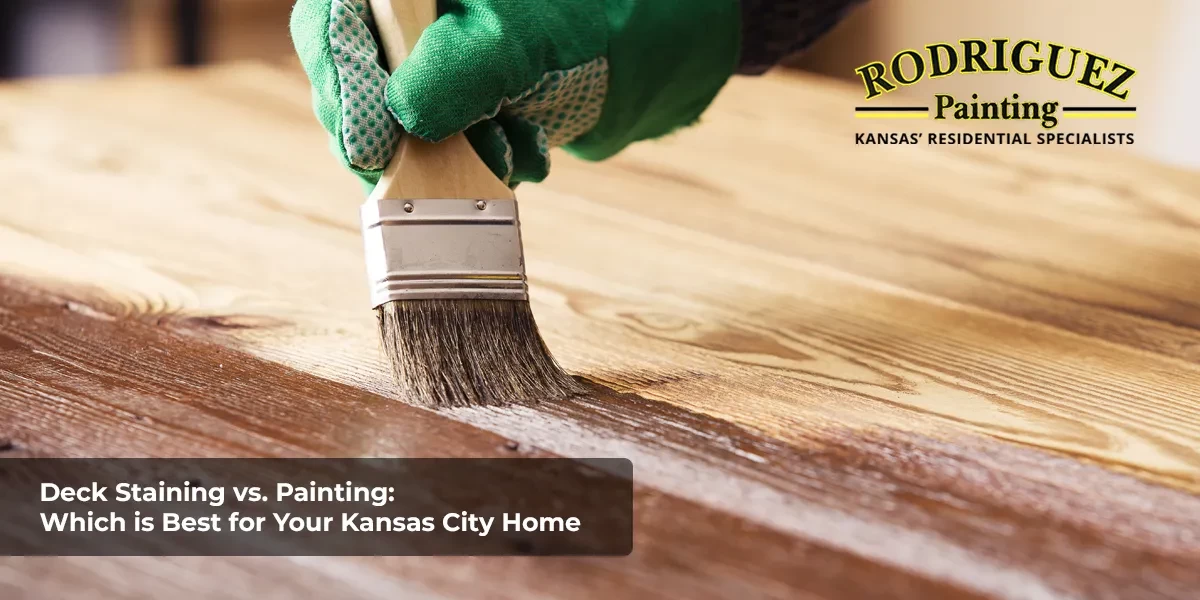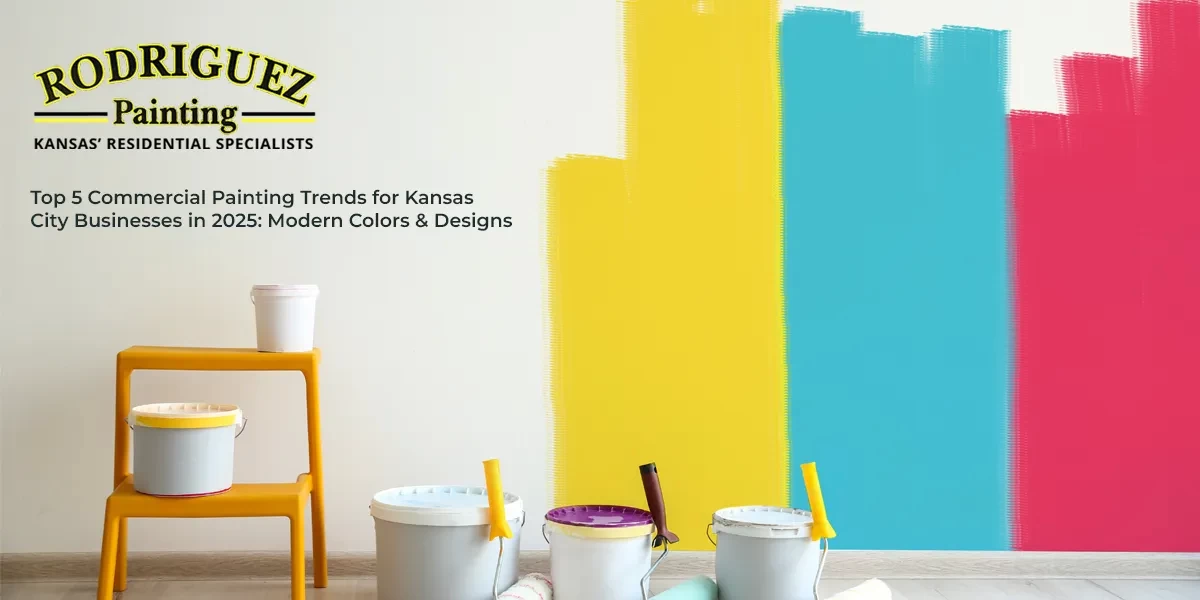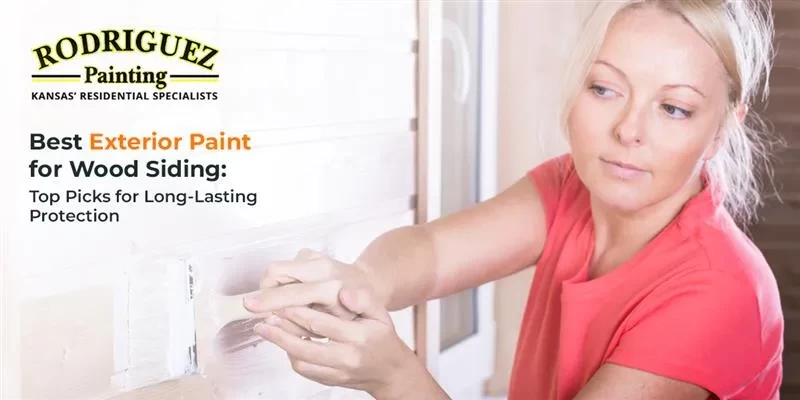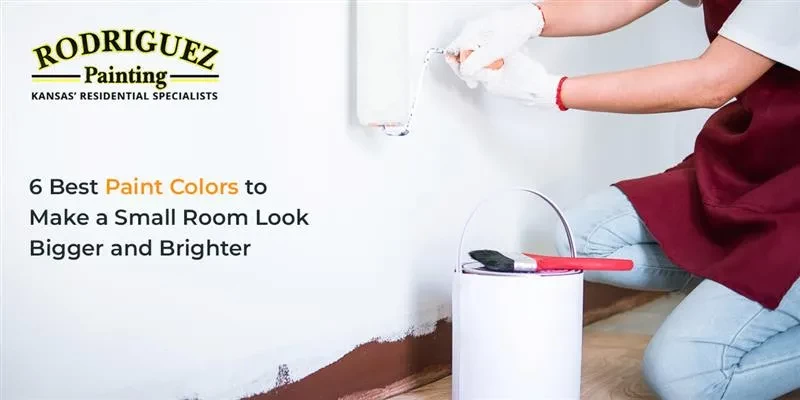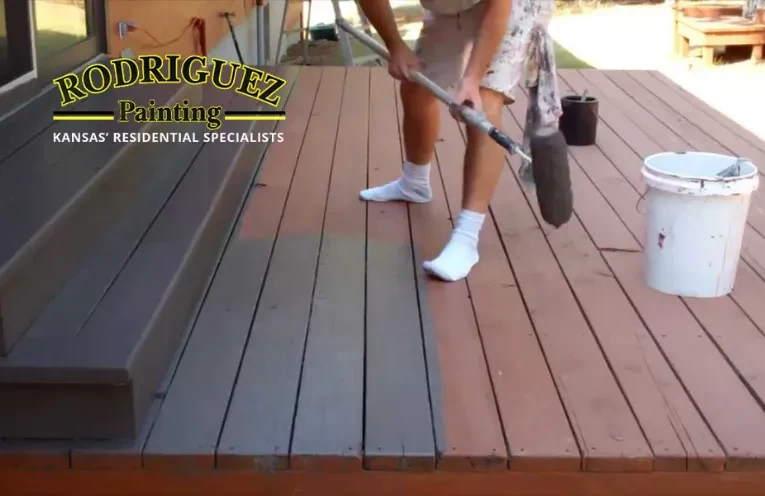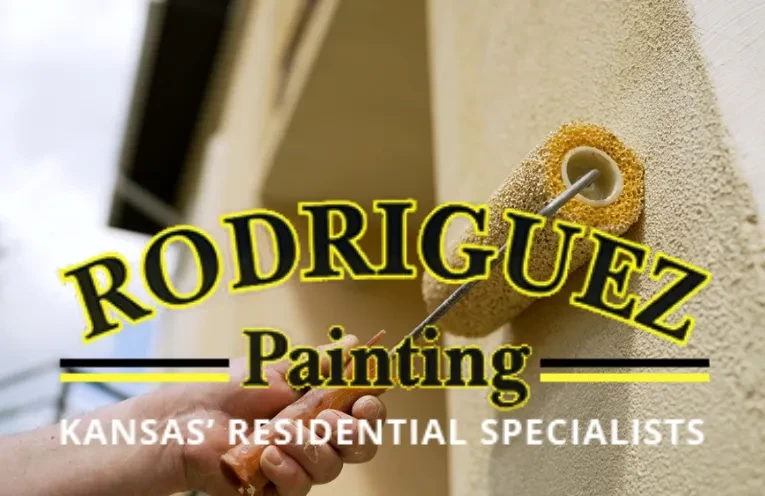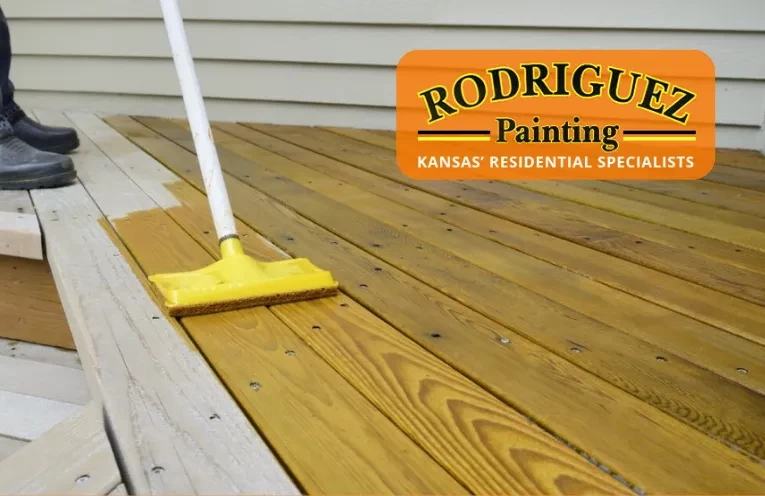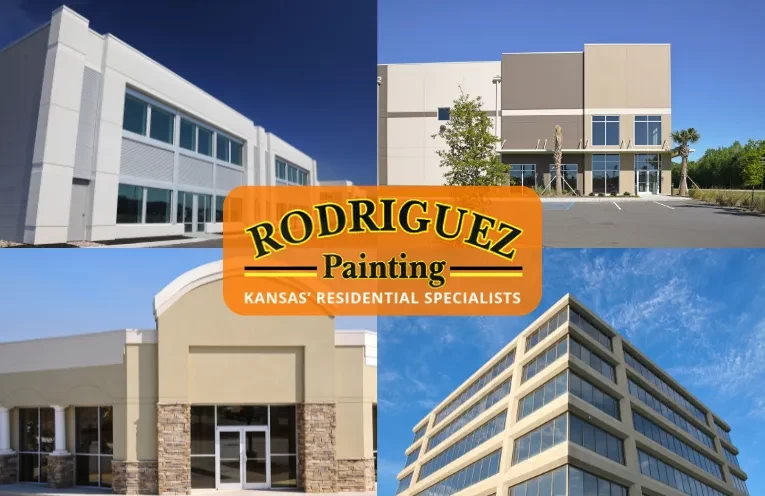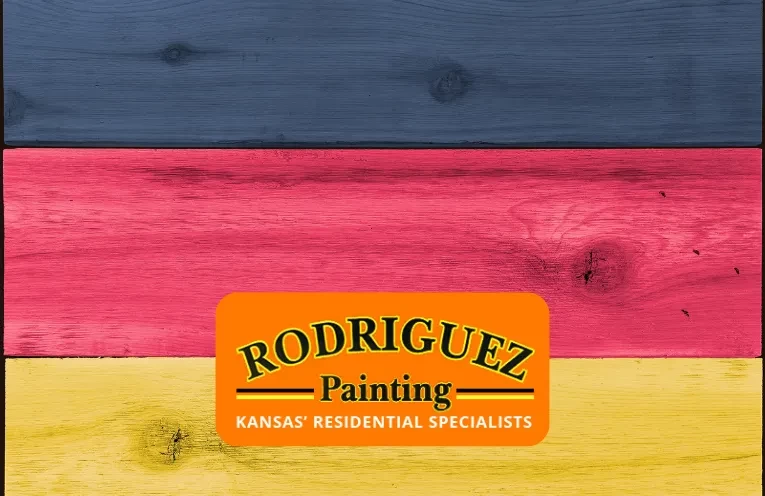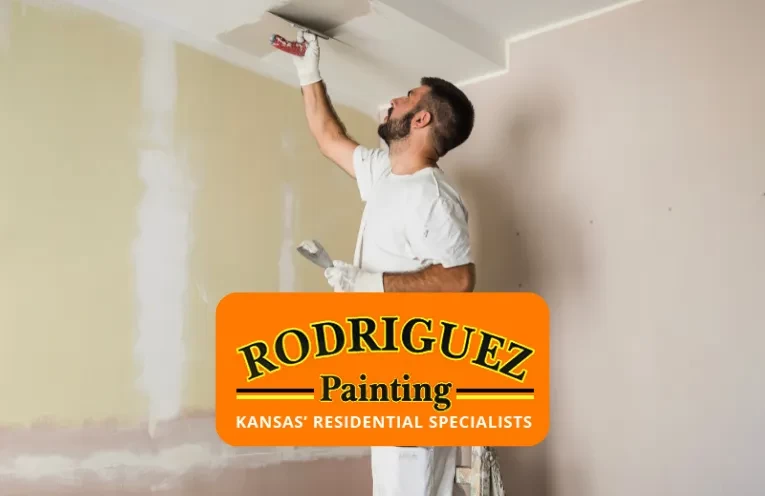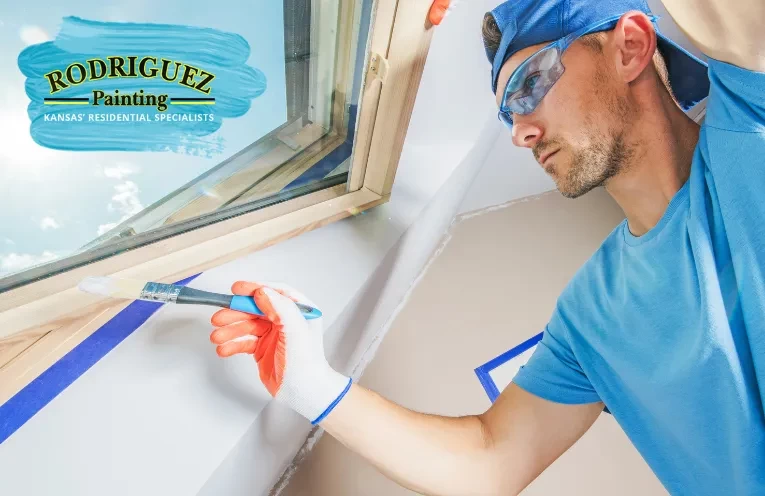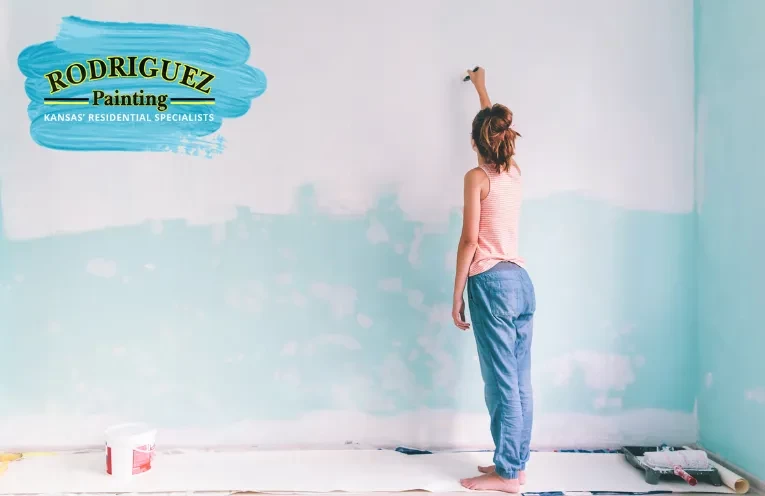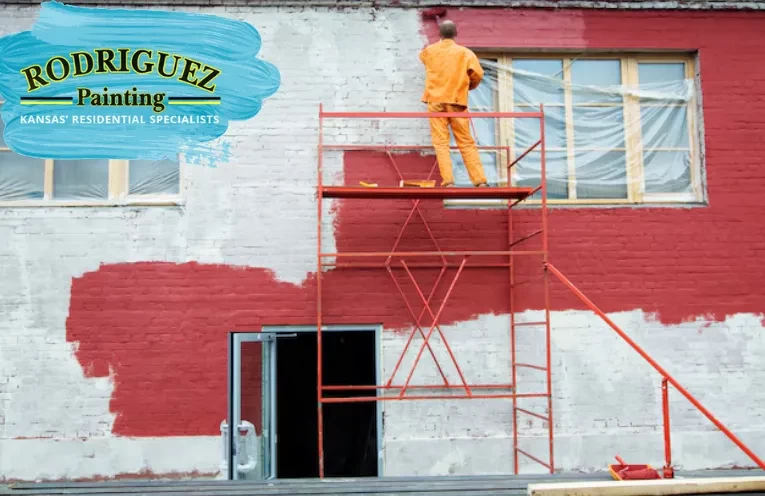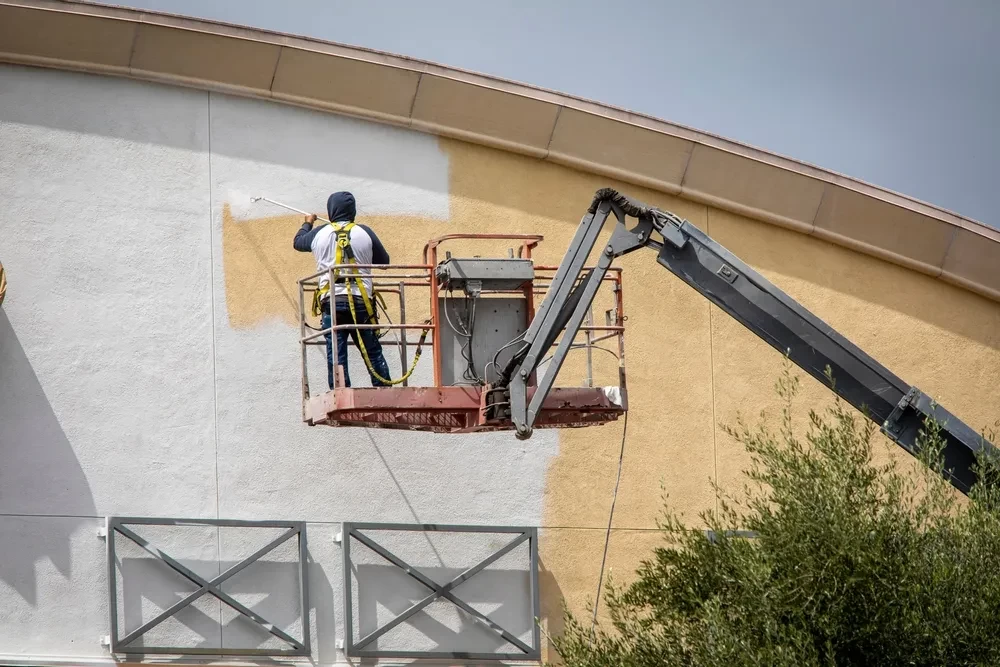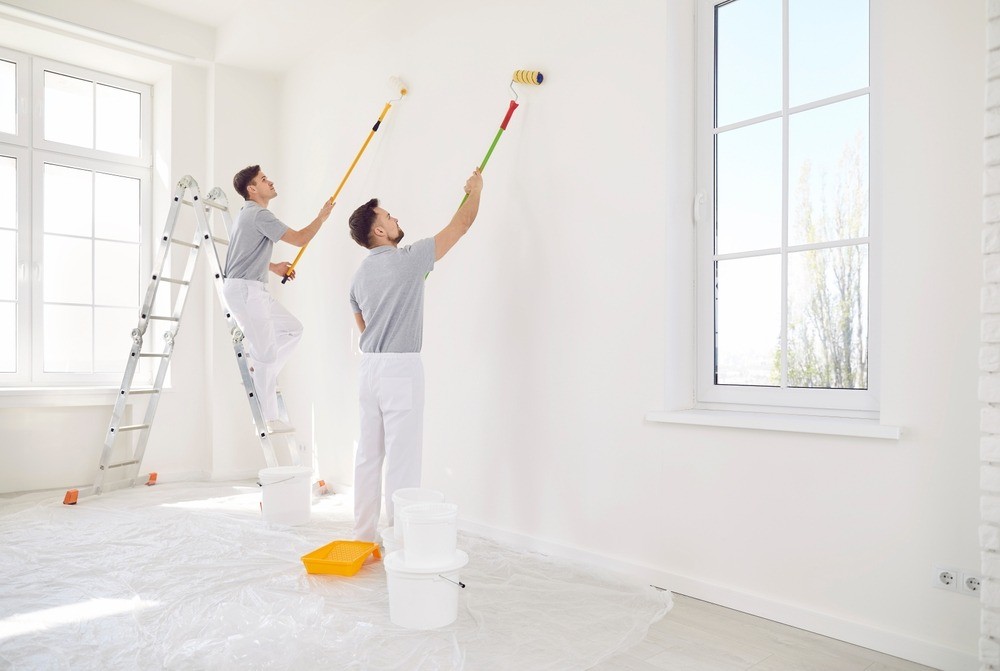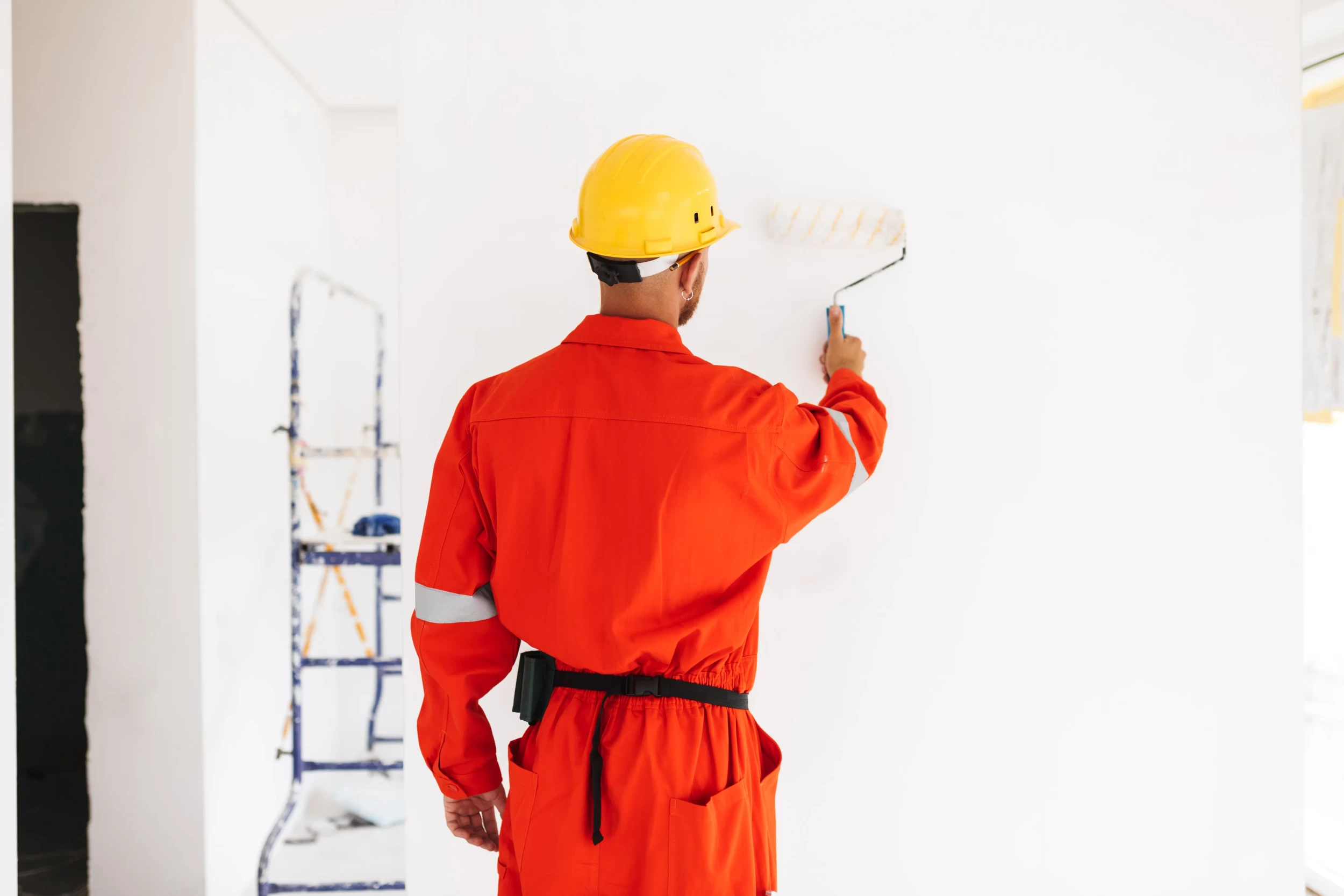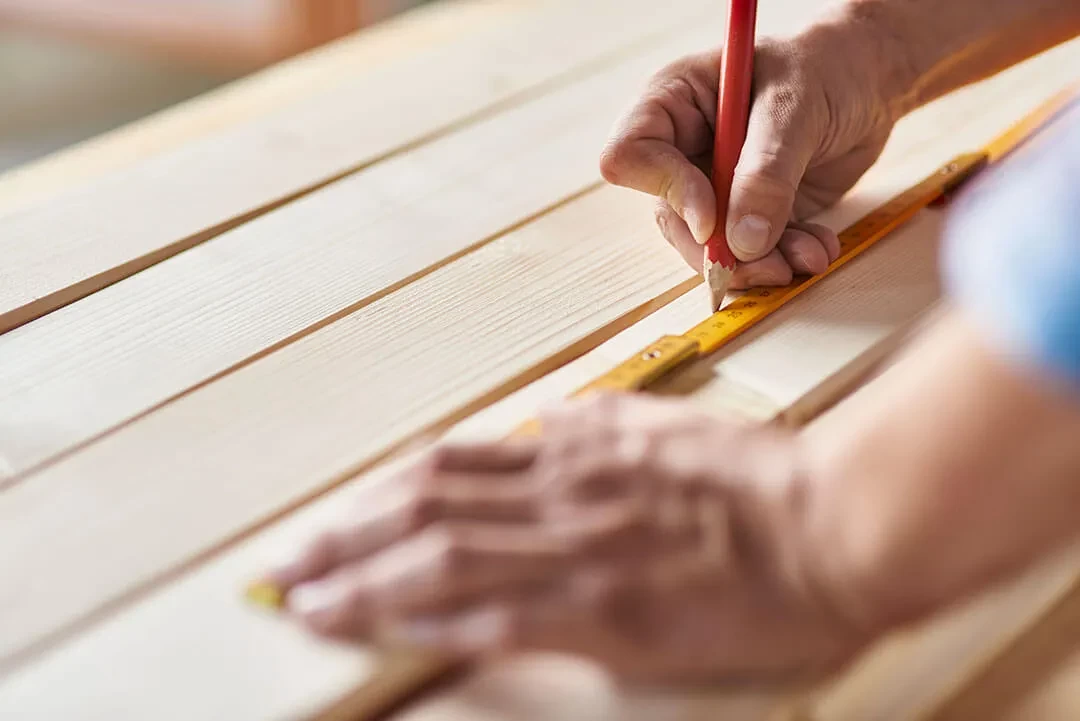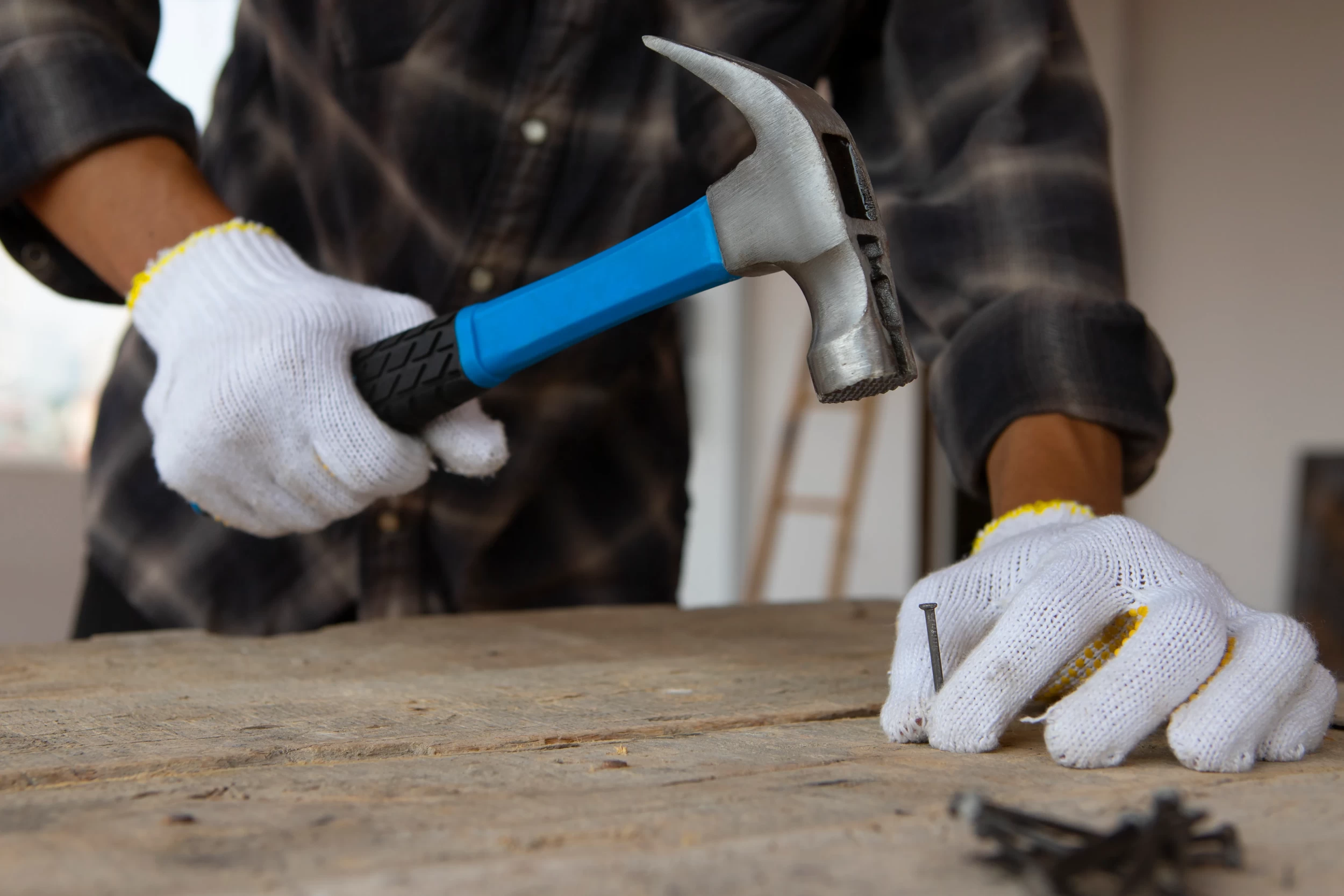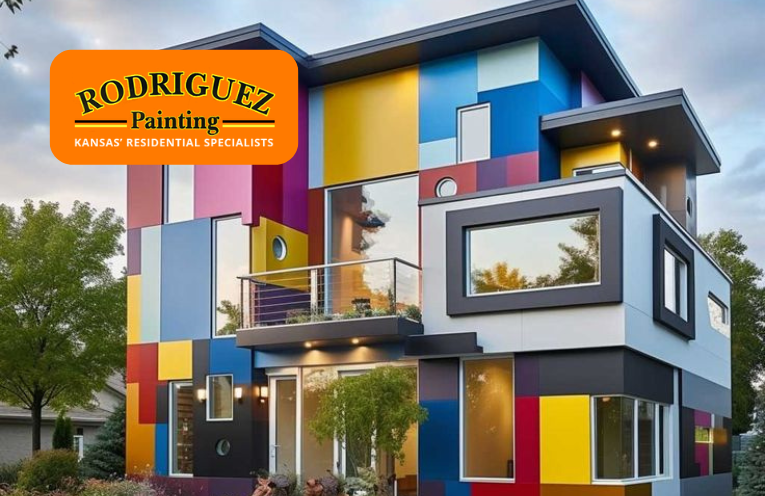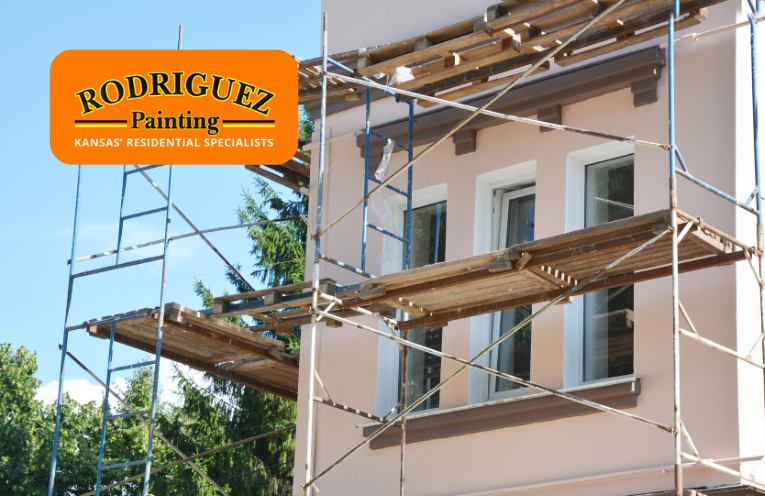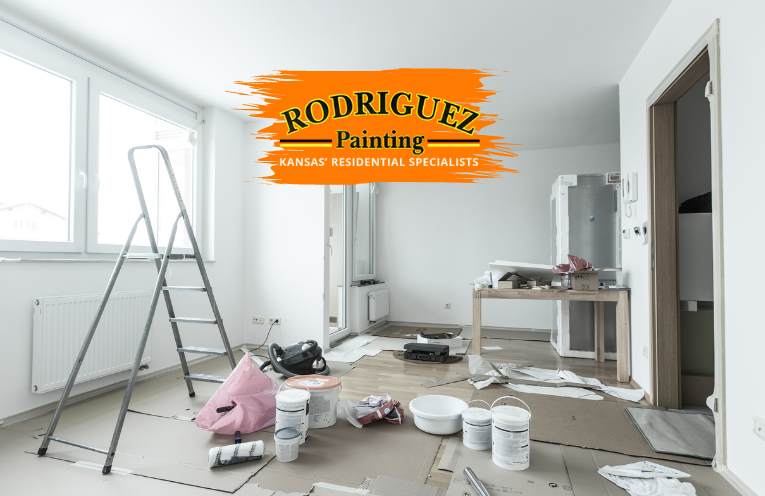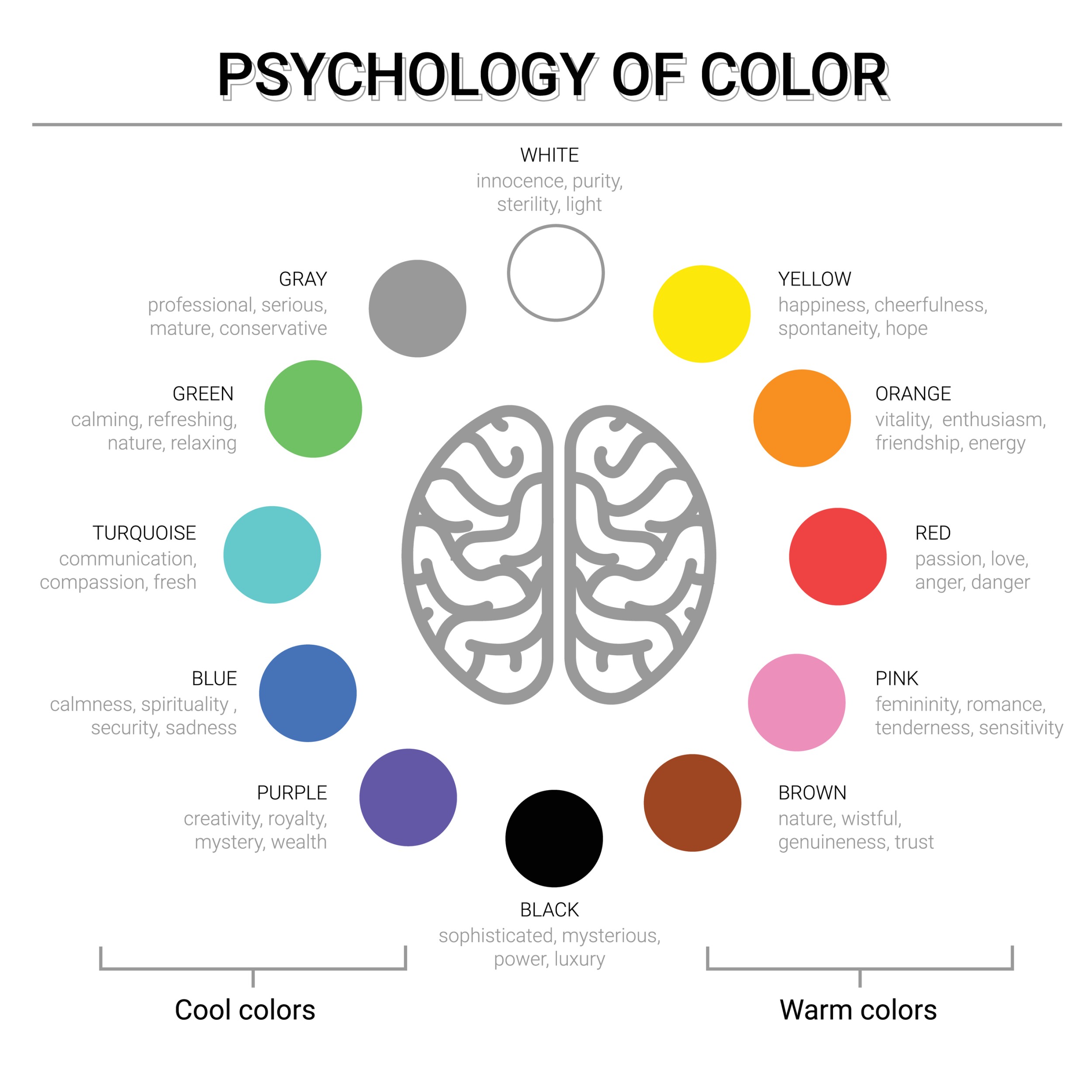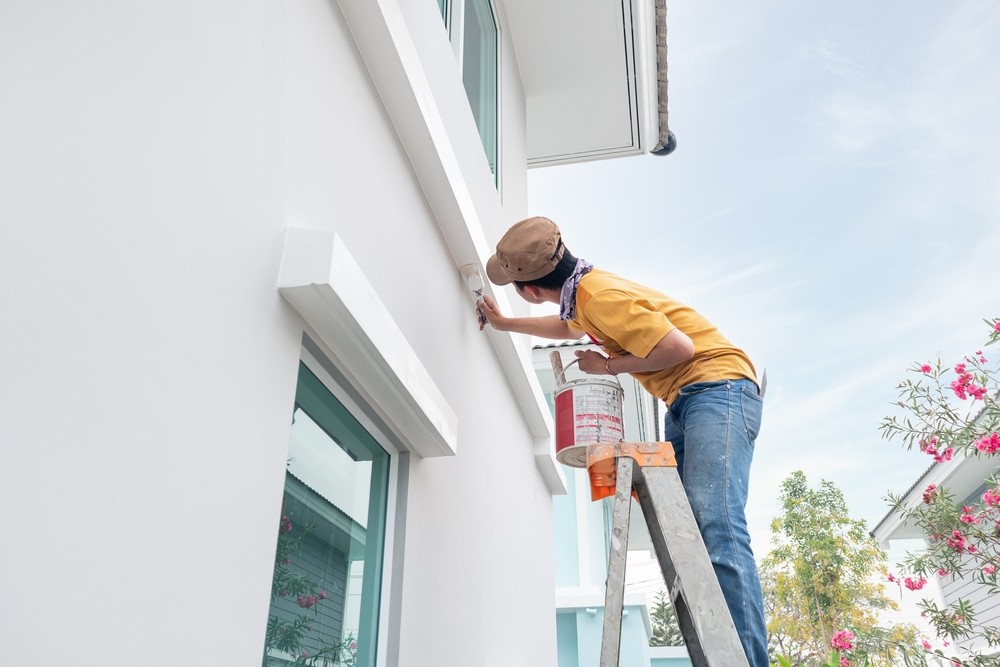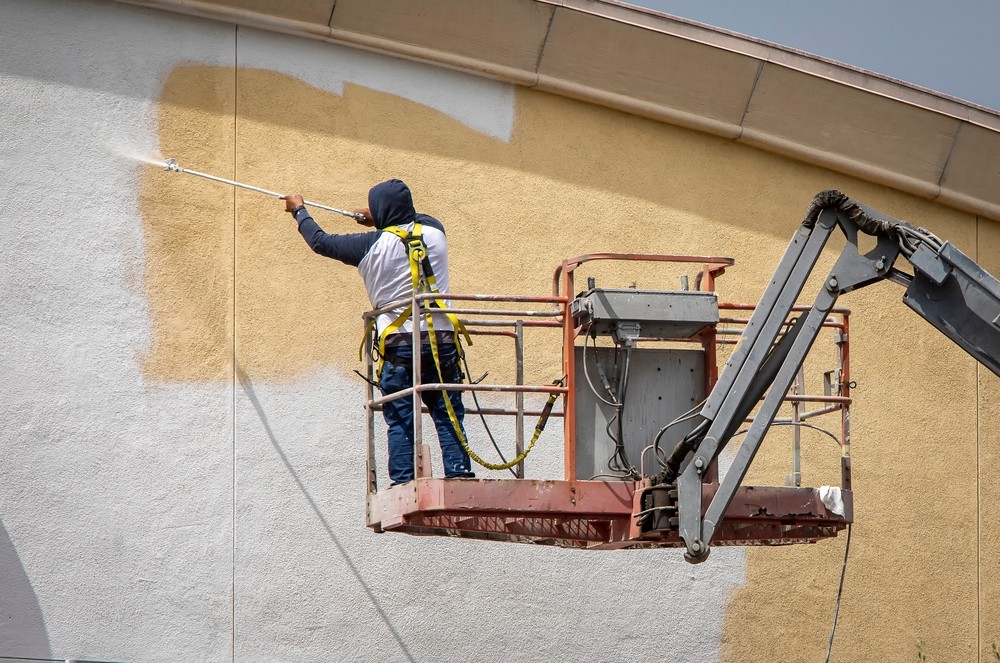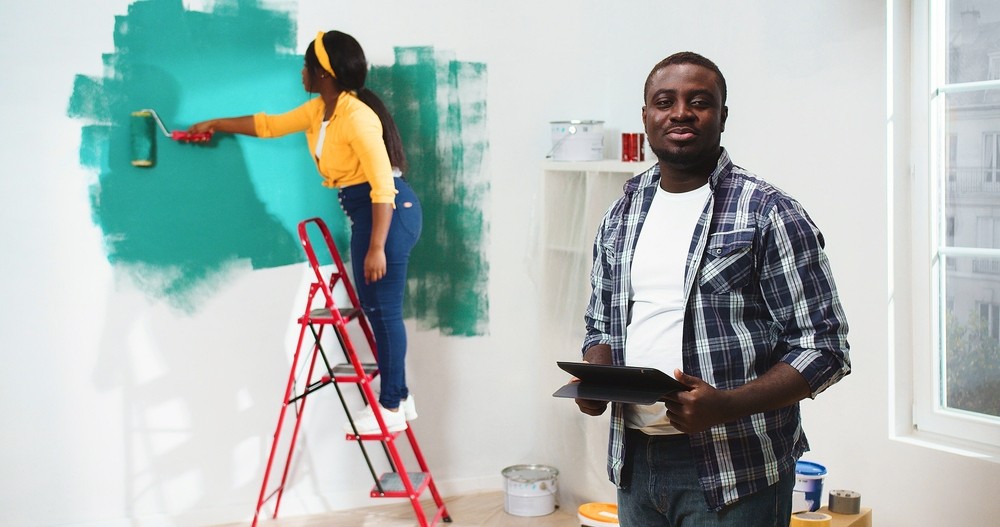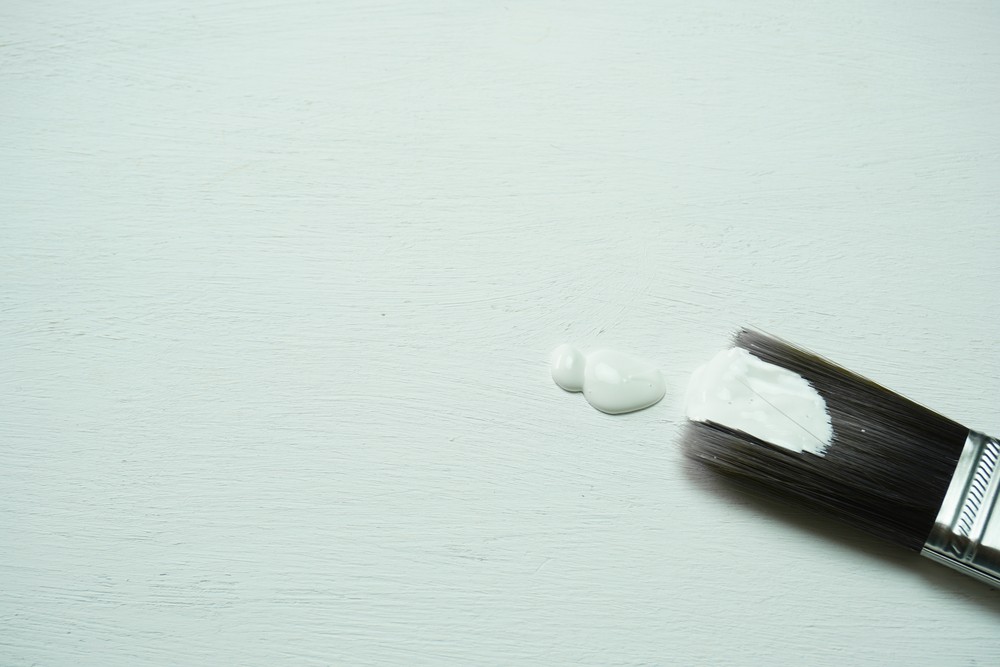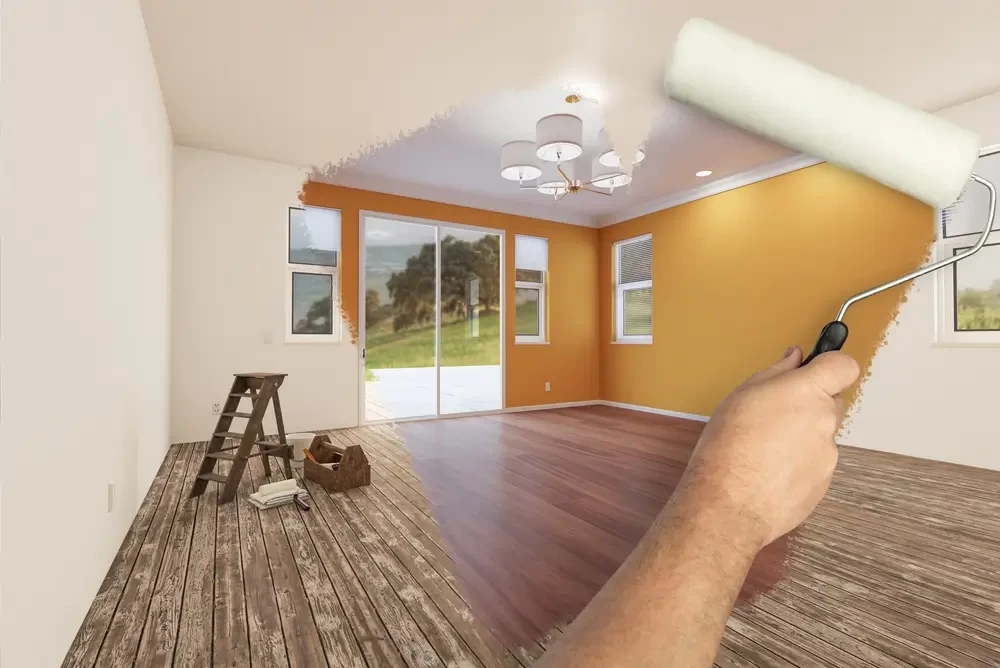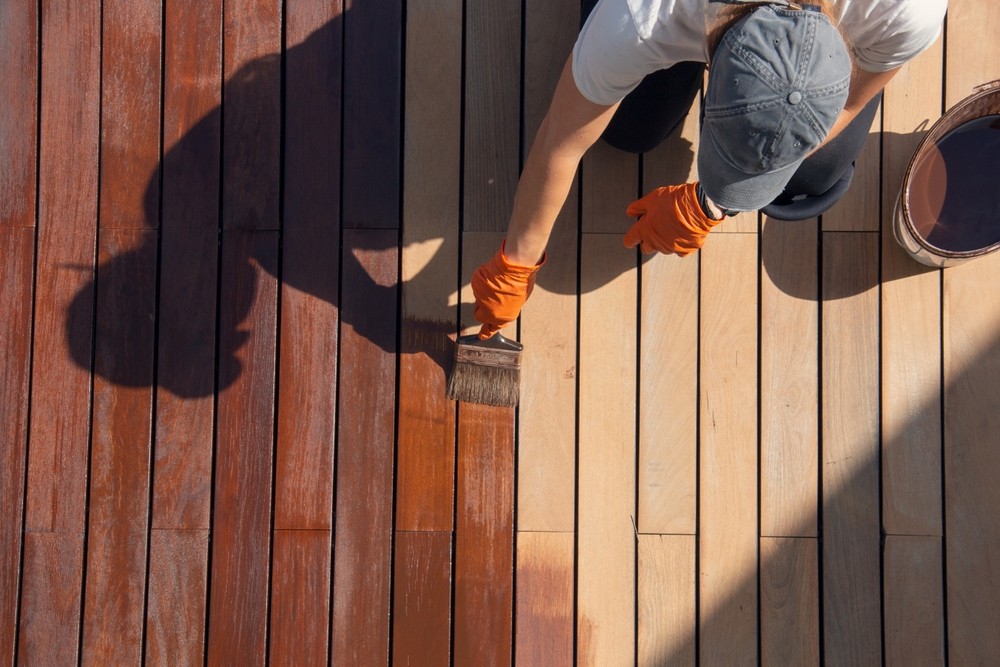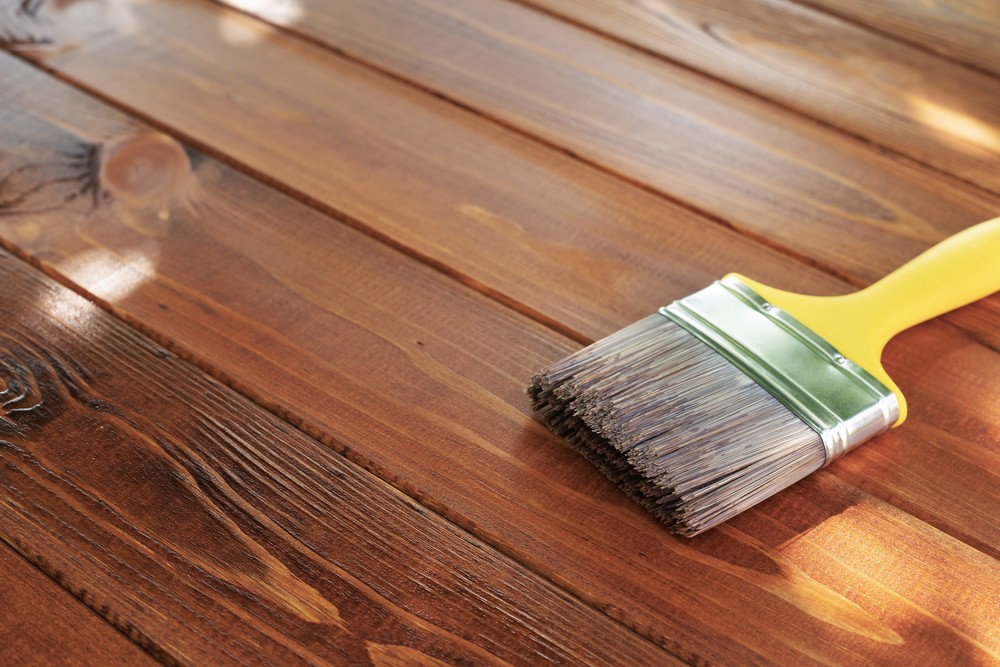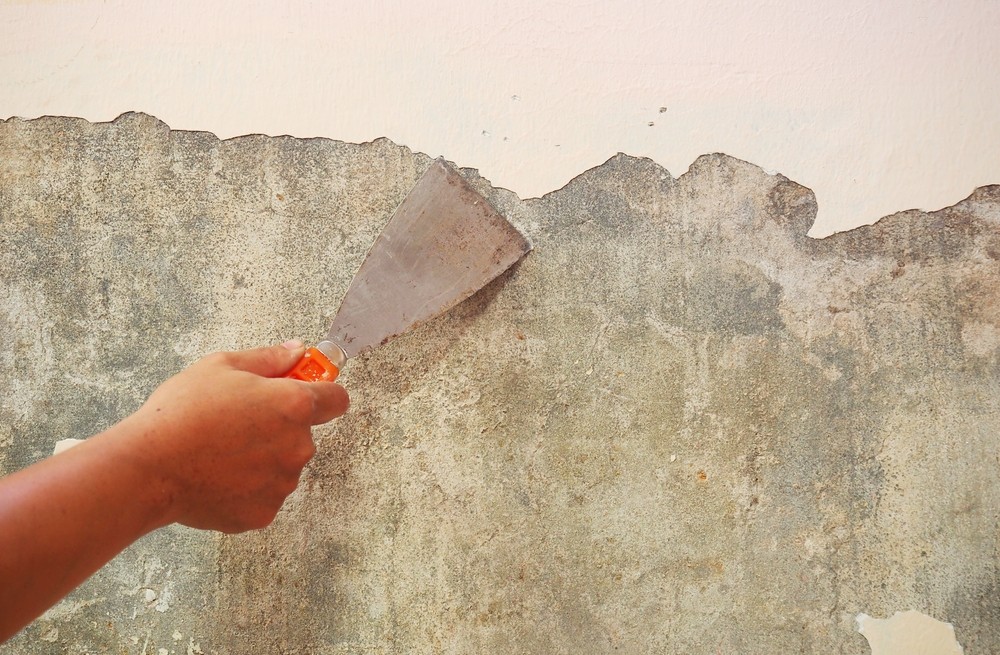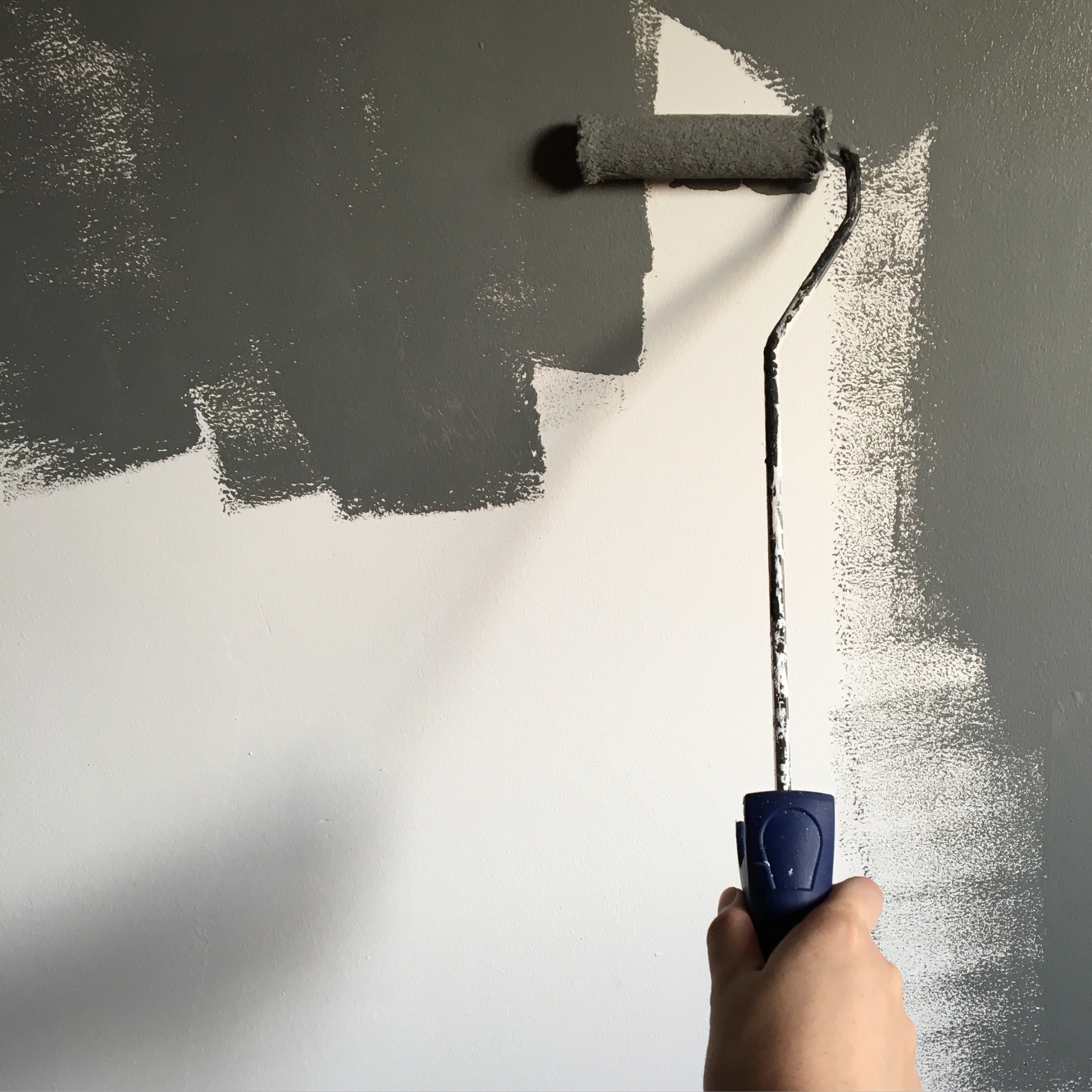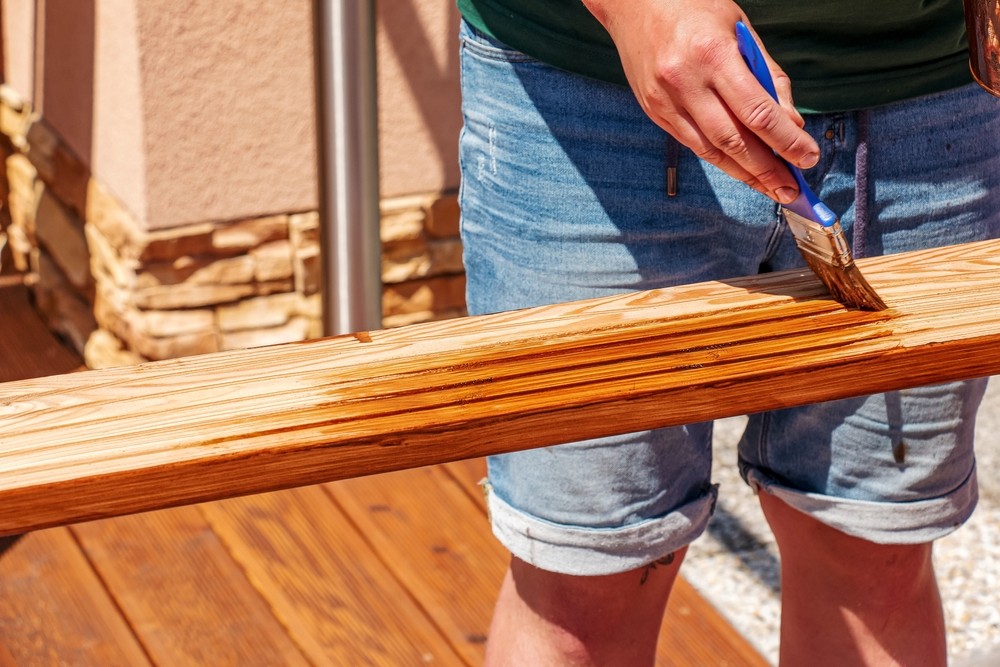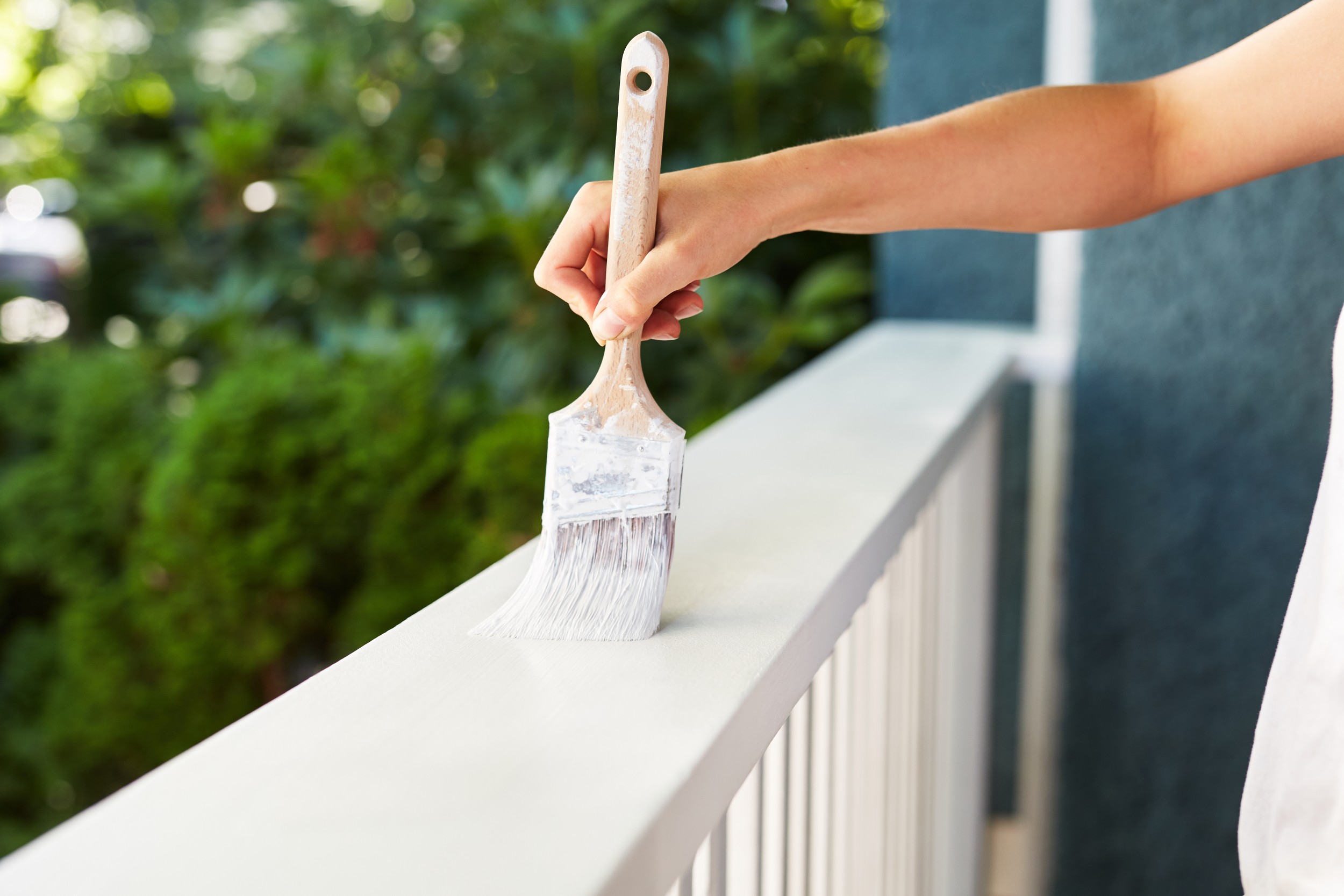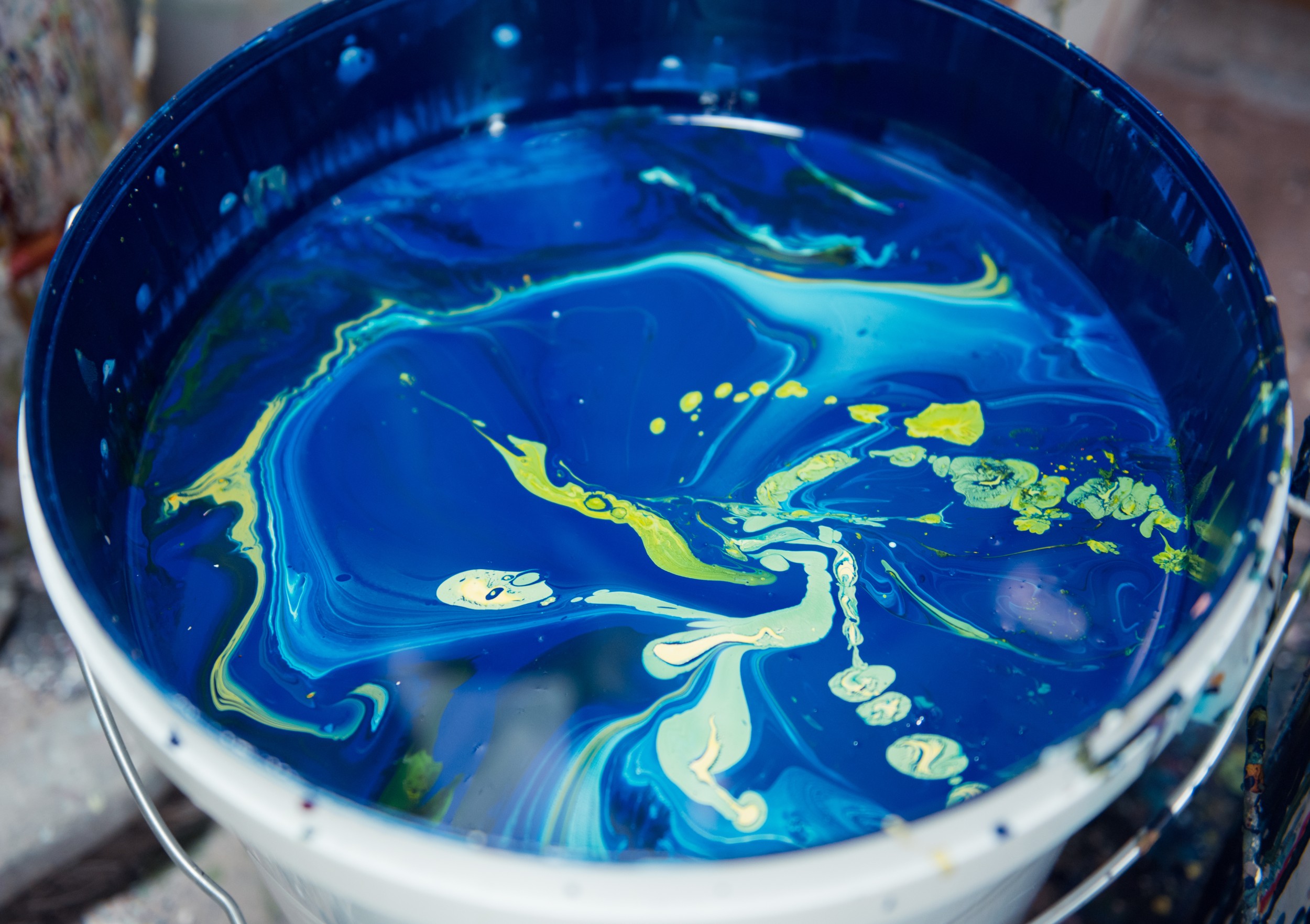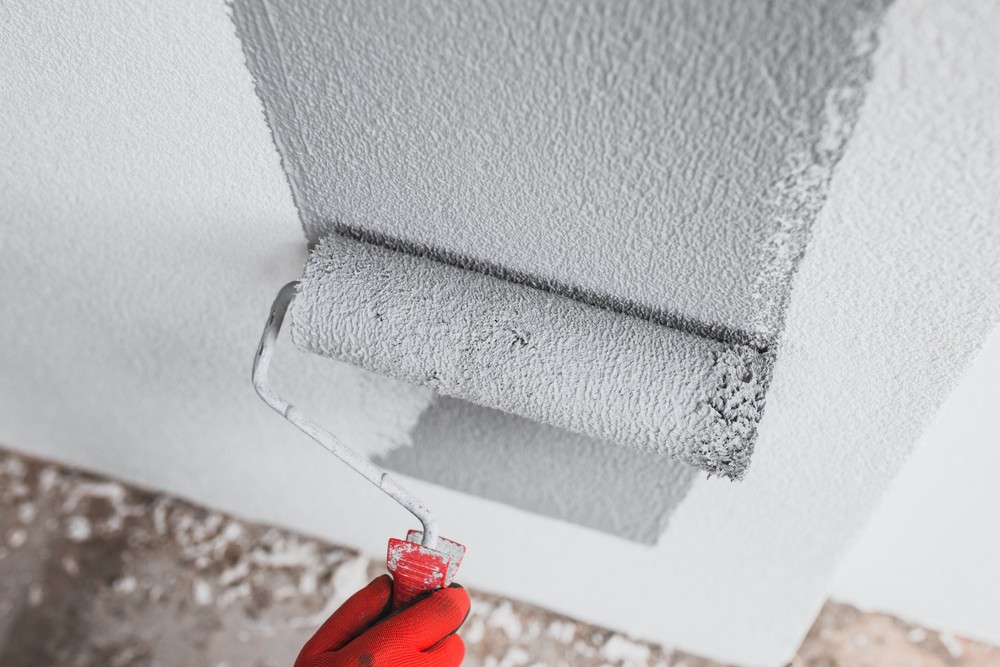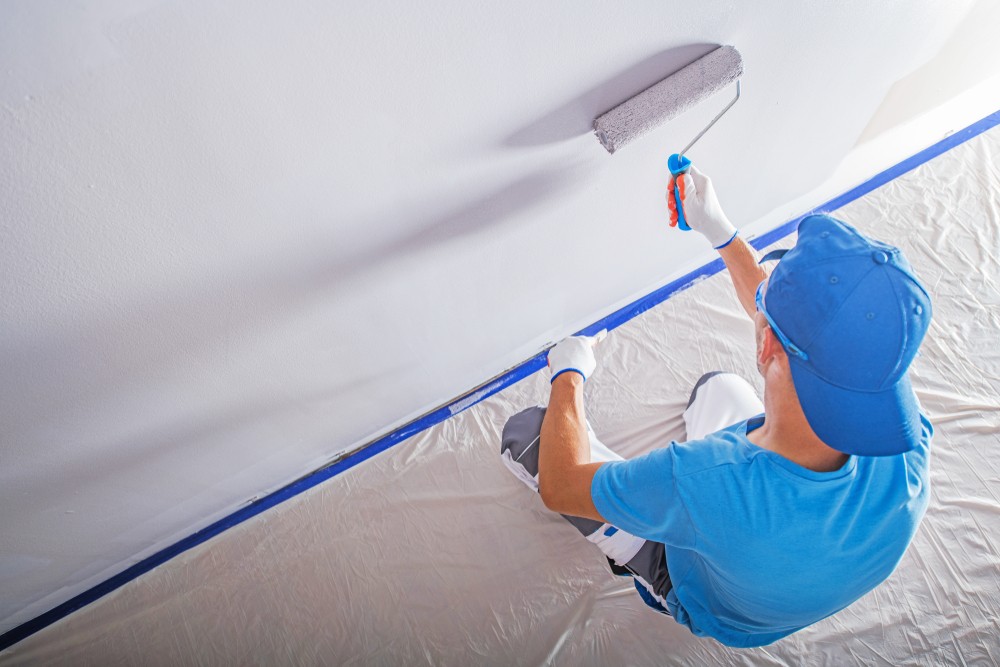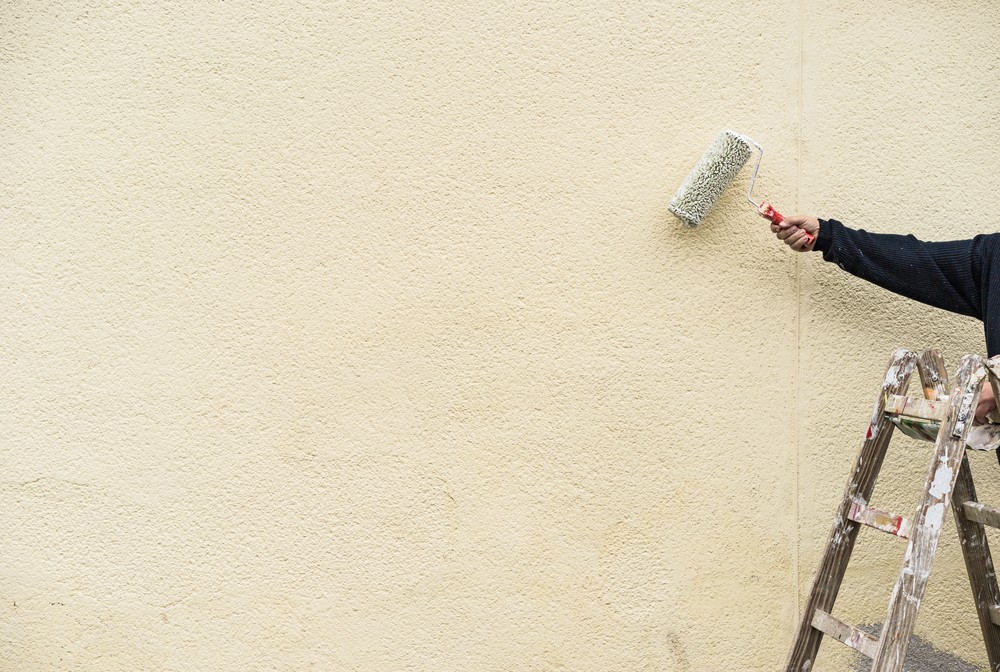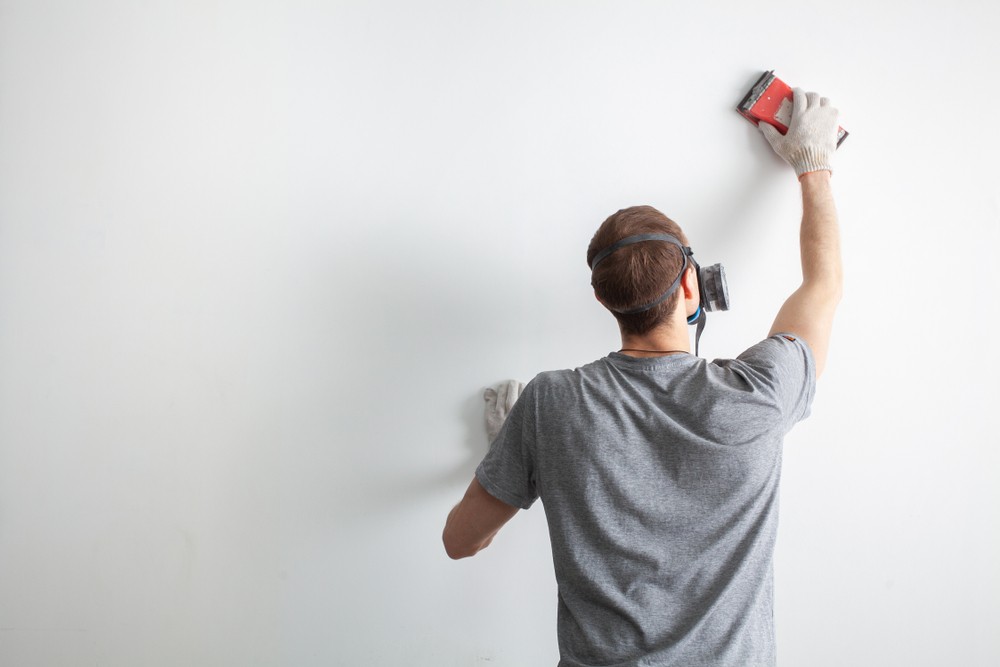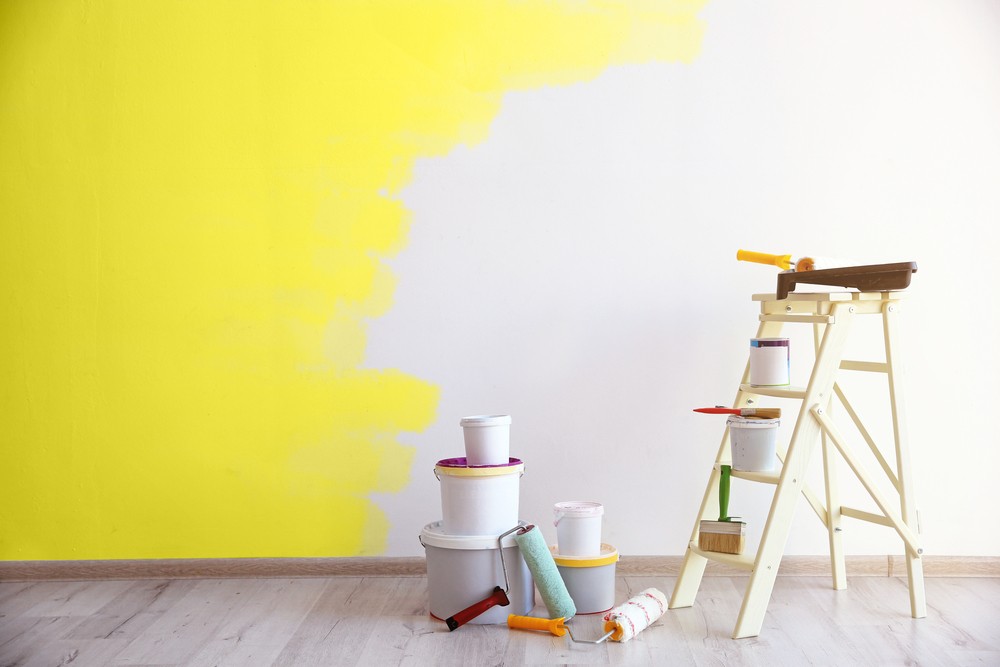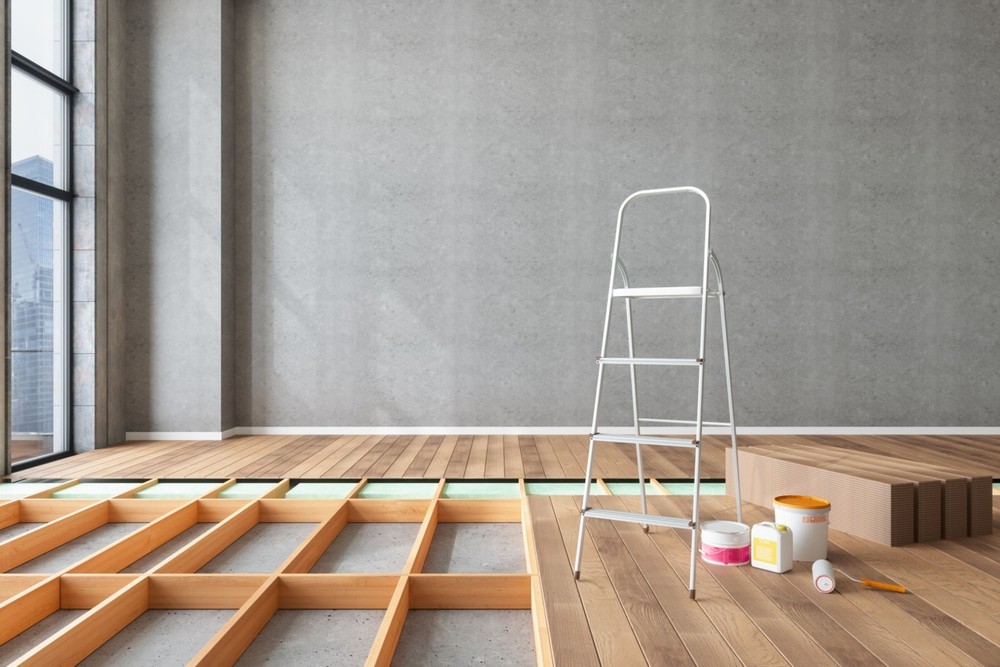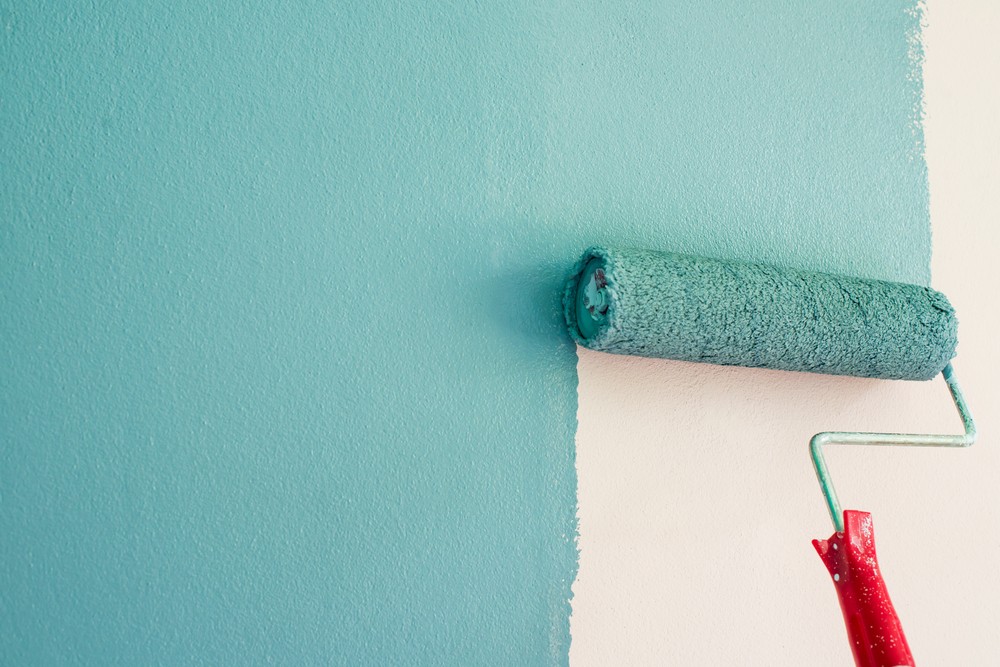
Table of Content
- Introduction
- Why Are Interior Paints Best for Indoor Spaces?
- Oil-Based Interior Paint vs. Latex-Based Interior Paint
- Selecting the Perfect Paint Finish
- Understanding Color Psychology for Interior Spaces
- Creating Harmony with Wall Paint and Decor
- Pros and Cons of Best Interior Paint for Walls
- Factors to Consider for Choosing Colors
- Choosing Paint for Trim, Baseboards, and Doors
- Prepping and Priming for a Flawless Finish
- How Much Paint Do You Need?
- How Many Coats Are Required?
- Final Thoughts
- FAQs
Summary
This guide looks at factors in choosing the best interior wall paints. It covers work and finishes, color psychology, and preparation tips. It gives a direct how-to for a smooth, professional-looking job. In conclusion, readers learn about longevity, appearance, and safety in home paints.
Introduction
Painting your house can be daunting. There are many colors, brands, and finishes to choose from. Use this guide to learn how to optimize for this finish. It will help you make informed decisions. One can create admired living spaces with paint, finishes, and color. Proper preperation makes them usable for one's lifestyle.
Why Interior Paints Are Best for Indoor Spaces?
Professional painters design interior paints to be suitable for use indoors. They also paint the exterior. They can endure less severe weather. But they have a robust, sleek surface. They don’t clean up well with a stiff brush. So, they are suitable for high-traffic areas like corridors and kitchens.
It’s crucial to know the basic difference between the two: their chemical structure. Interior paints have fewer additives. They have lower VOCs than exterior paints. So, they are less hazardous and smell less. Professional painters make exterior paints to withstand rain, sun, and mildew. They contain toxic substances that can be harmful indoors. But it is vital to choose interior paints. They must align with indoor air quality and your home’s future safety.
The best interior paint gives you a beautiful look and a durable, protective finish. It also ensures your family’s safety.
Oil-Based Interior Paint vs. Latex-Based Interior Paint
The owners must choose between oil and latex paint for the interior. It has high opacity, a smooth flow, and high adhesion to most surfaces. It won’t crack. It’s good for exterior trim, kitchen cabinets, and doors. However, oil-based paints take a long time to dry, emit a strong odor, and are difficult to wash off. You need paint thinner for that. The printers have also become less popular due to some environmental constraints.
Latex-based paints are now the most popular for interior walls. They have flexibility, simplicity in application, high quality, and eco-friendliness. They dry fast, produce fewer VOCs, and are easy to clean with water. The latex type also has better elasticity to avoid the formation of cracks and the peeling off of the paint. They have also improved their finish. It now looks like oil-based paint. Today, oil-based paints can give a high gloss and a smooth finish to a wall. However, latex paint performs well and is eco-friendly for modern homes.
Selecting the Perfect Paint Finish
Many people paint to improve their living standards. This article will guide you on the best paint finish. The type of paint that we use will have a significant impact on the area’s appearance and functionality. A sheen or degree of gloss in paint refers to a finish based on the level of shine.
Sleek or non-shiny surfaces can hide flaws on walls, ceilings, and low-traffic areas. Eggshell and satin finishes have a slight gloss. They are hard and easy to clean. So, they are ideal for the lounge, dining area, and bedroom.
These finishes have a high gloss. They are ideal for humid areas, like kitchens and bathrooms. They resist staining and are simple to clean. Semi-gloss, with its smooth, shiny surface, is very tough and works well on trim, doors, and cabinets. The glossy finishes on the walls look great. But if the surface isn’t well prepared, flaws become more visible.
For interior walls, the trend is to choose between eggshell or satin sheen. Another advantage of this finish is its beauty. It can make it very durable. So, people use it in their living areas.
Understanding Color Psychology for Interior Spaces
A key element of an interior is its hue. It transfers the energy of a space. Red, orange, and yellow create a warm feeling. Their density makes them ideal for social spaces, like the living and dining rooms. Cool colors, like blue, green, and purple, are relaxing. They are best for bedrooms, bathrooms, and meditation rooms. We keep beige, gray, and white tones as natural as possible. They are universal backdrops for any decor style.
Function needs to be the main consideration when selecting the colors of the rooms. For instance, blue boosts concentration and productivity. So, it’s ideal for workspaces like offices and studies. On the other hand, green creates a relaxing atmosphere and can enhance bedroom space. Give much thought to how color affects emotion and the atmosphere of each area.
Creating Harmony with Wall Paint and Decor
This allows for a compound color. So, the wall paint can blend with the furniture, curtains, or anything else you want to paint. In case your furniture is not colorful, intense or dark tones for the walls would be ideal to bring contrast. If using colorful or patterned walls, floors, or ceilings, use a plain, subtle color for the decor. It should not dominate.
That is also why texture and material matter. Bright colors suit wooden furniture. Darker shades work with glass or metallic finishes. The aim is to find a balance. The chosen walls should not offend or disrupt the decor.
Pros and Cons of Best Interior Paint for Walls
Here are listed some pros and cons of the best interior paint for walls:
| Pros | Cons |
| Enhances visual appeal. | High-quality paints can be expensive. |
| Provides long-lasting durability. | Requires proper preparation. |
| Easy to clean and maintain. | Some types need multiple coats. |
| Offers various finish options. | |
| Wide range of color choices. | |
| Eco-friendly low-VOC options are available. |
Factors to Consider for Choosing Colors
In addition to decoration, room size and light affect how colors look on the walls. Pale colors can make a space look oversized and weightless. Dark hues can make a large area warm and inviting. You also perceive lighting with greater clarity. Natural light amplifies brightness. Artificial light makes shades warmer or cooler.
Choosing Paint for Trim, Baseboards, and Doors
Use good quality, semi-gloss, or high-gloss paint for trim, baseboards, and doors. It is durable and makes architectural features stand out. For these reasons, latex-based paints are best for trim. They are durable, quick-drying, and have fewer VOCs. They are easy to clean, especially when reapplied. Current products include Benjamin Moore Scuff-X, Sherwin-Williams ProClassic, and Behr Premium Plus Interior Enamel. They have tough, ultra-smooth, scrubbable finishes.
Prepping and Priming for a Flawless Finish
As with many other things, it is very important to prepare well if you want to end up with a professional finish. First, wash the walls to remove dirt and grease. Then, repair all holes and cracks with filler. Sanding facilitates making the surface smoother, and paint adheres better.
You need to prepare fresh drywall, textured surfaces, or stains. Shellac-based primers like BIN are great at blocking stains and odors. But they have a strong smell. So, use them in a well-ventilated area and wear gloves.
Painting dark colors with a light color may require several coats. But priming is not always necessary. The trick is to find out the state of your walls and then start using a primer when necessary.
How Much Paint Do You Need?
To decide how much paint to use, you need to know your walls’ square footage. An average gallon of paint can cover up to 350-400 sq. ft. with one coat applied. You should double the amount given above if you desire two layers of paint. Many online tools can help. Try the paint calculators from Benjamin Moore and Sherwin-Williams. It is better to order a small quantity at first. This minimizes the risk of ordering too much paint that may go unused.
If you still have no idea, you can consult with us at Rodriguez Painting KS, and we can help you along the way. Their experienced staff can determine the exact amount of paint for the job. We will not charge you for a gallon more or less. Also, we can give you the right timelines for the painting jobs. We will ensure good quality.
How Many Coats Are Required?
They apply these on the walls to use for putting other items, and it takes two coats to achieve a fine finish. Alliance, Benjamin Moore Regal, Sherwin Williams SuperPaint, and Behr Marquee are in this group. They have good hiding power. Homeowners do not need to apply many layers of the coats.
Final Thoughts
Choosing your interior paint continues with type, finish, and color. Also, don’t forget to prepare for a perfect indoor finish. Knowing these basics will help, whether you are repainting a few rooms or all of them. Use them as a reference to get the best, longest-lasting finish. Choose quality products. Spend time on the color. Ensure excellent prep. This should get you a space that matches your style and your home’s lighting.
Are you looking for some fresh paint to bring a new spring to your room’s walls? Call Rodriguez Painting KS today for a free quote and to check job availability.
FAQs
Which interior paint finish works best for walls?
The best options for walls are eggshell or satin. They are durable, washable, and not too matte or glossy.
Is it necessary to prime walls before painting?
It takes time to dry. It is used on new drywall or stained surfaces. It helps dark paint stick and cover better.
How much paint is needed for an average room?
One gallon of paint is equal to 350-400 square feet. In the case of two coats, do the math to ensure you don’t underestimate the quantity you need to order.

